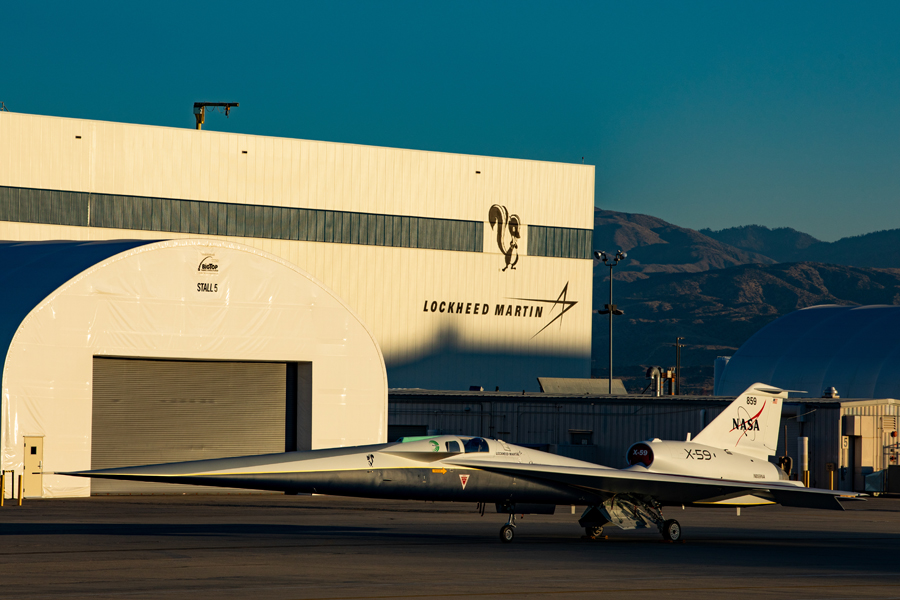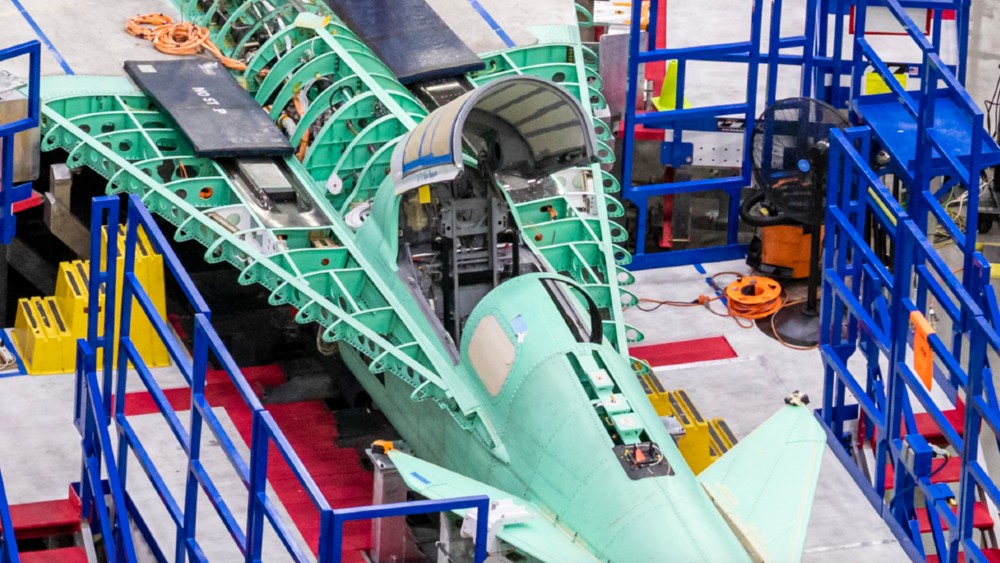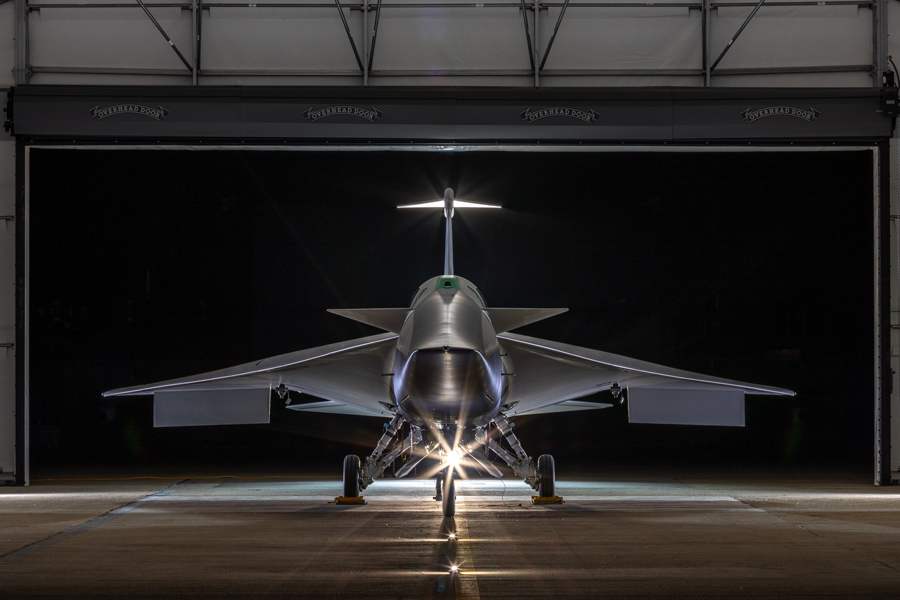NASA’s X-59 Quiet Supersonic Aircraft: A Revolutionary Step in Aviation
Paving the way for the future of supersonic flight with reduced noise pollution
NASA’s X-59 QueSST (Quiet Supersonic Technology) is a groundbreaking experimental aircraft designed to eliminate the disruptive sonic booms traditionally associated with supersonic travel. Developed in collaboration with Lockheed Martin’s Skunk Works, the X-59 aims to transform air travel by demonstrating the possibility of quiet supersonic flights over land. Let’s dive into the recent developments and future implications of this innovative project.

Recent Developments
Completion of Flight Readiness Review:
- As of May 31, 2024, NASA’s X-59 has successfully completed its Flight Readiness Review. This marks a significant milestone, clearing the path for its first flight, which is scheduled to take place later this year. The review process included rigorous evaluations to ensure the aircraft’s safety and readiness for flight testing (Space.com) (FLYING Magazine).
Unique Design Features:
- The X-59 features an elongated nose and a sleek design to minimize sonic booms, reducing them to a gentle “sonic thump” comparable to the sound of a car door closing. This innovative design aims to produce sonic thumps as low as 75 perceived loudness decibels, significantly quieter than the Concorde’s over 100 decibels (SciTechDaily) (Space.com).
Advanced Technologies:
- The aircraft is equipped with NASA’s eXternal Vision System (XVS), which uses cameras and displays to provide pilots with an augmented reality view, compensating for the lack of a traditional forward-facing window. This technological advancement not only enhances safety but also contributes to the aircraft’s streamlined design (Space.com).

Implications for the Future of Air Travel
Community Overflights and Data Collection:
- Starting in 2024, NASA plans to fly the X-59 over select U.S. communities to gather data on public reactions to the quieter sonic thumps. This data will be crucial in seeking regulatory changes that could permit supersonic flights over land, potentially revolutionizing commercial air travel (FLYING Magazine).
Potential Applications:
- The success of the X-59 could lead to faster travel times for both passengers and cargo. Potential applications include rapid medical response, shorter shipping durations, and faster global connectivity. By demonstrating that supersonic travel can be quiet, NASA hopes to pave the way for a new era of aviation (Space.com) (Space.com).
The X-59 represents a significant leap forward in aviation technology. Its ability to reduce sonic booms could address one of the biggest hurdles in supersonic travel, making it feasible for commercial flights over populated areas. This innovation not only promises faster travel but also underscores NASA’s continued commitment to pushing the boundaries of what’s possible in aerospace.
Conclusion:
NASA’s X-59 QueSST is a transformative project that could change the future of air travel. By eliminating the disruptive sonic booms associated with supersonic flight, the X-59 aims to make faster-than-sound travel a reality for commercial aviation. As the project moves into its next phase of testing, the world watches in anticipation of a quieter, faster future in the skies.
What are your thoughts on the potential of quiet supersonic travel? Share your views in the comments below and stay updated with the latest developments in aviation technology!
Sources:
Thomas Moller
Tech Enthusiast & Blogger
Did you find this review helpful? Let us know your thoughts in the comments below, and don’t forget to share this post with your tech-savvy friends! For more updates, subscribe to our newsletter.


